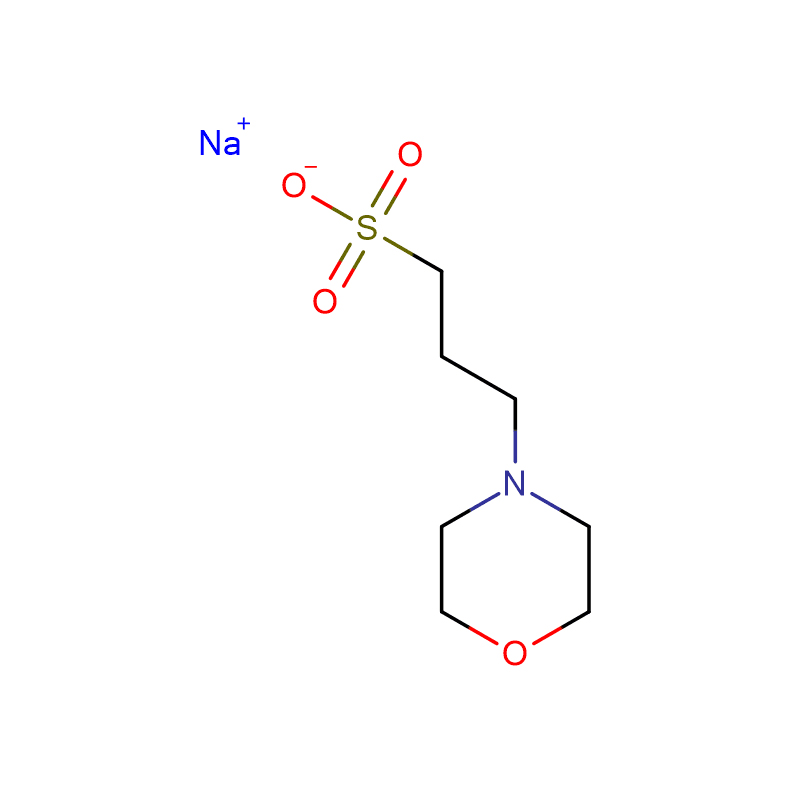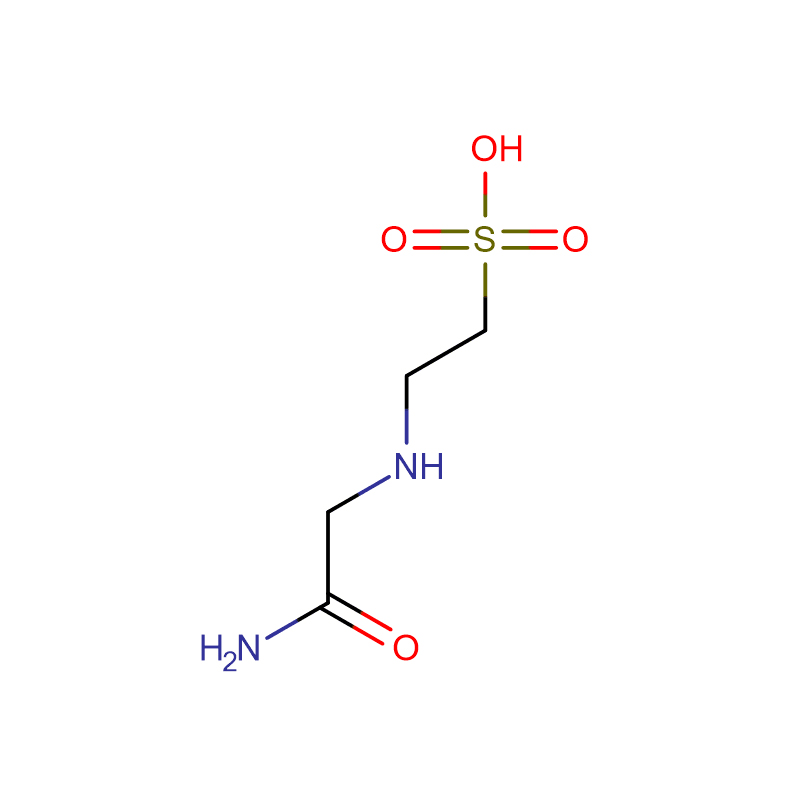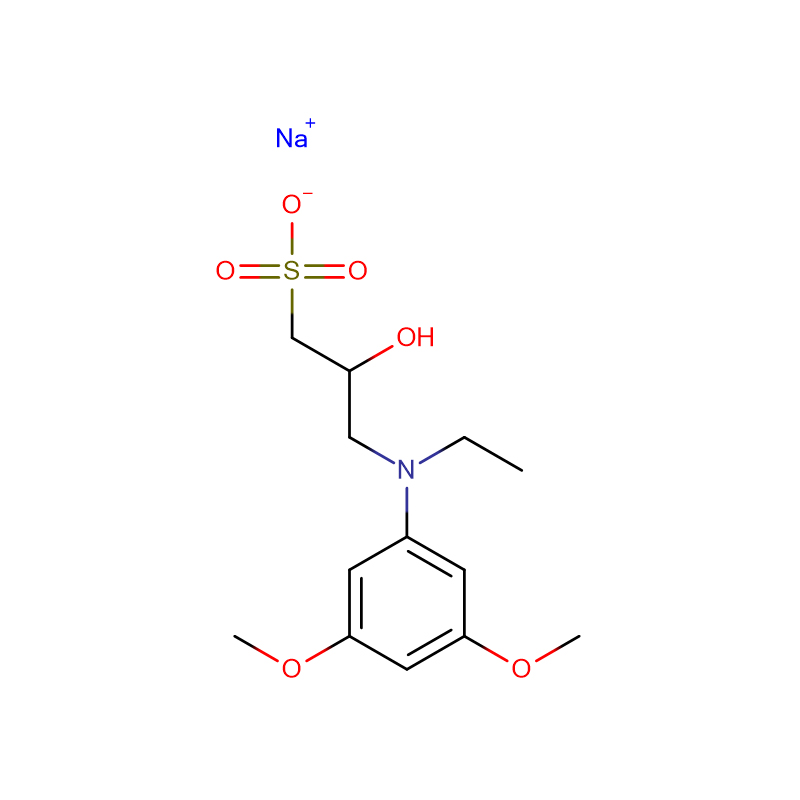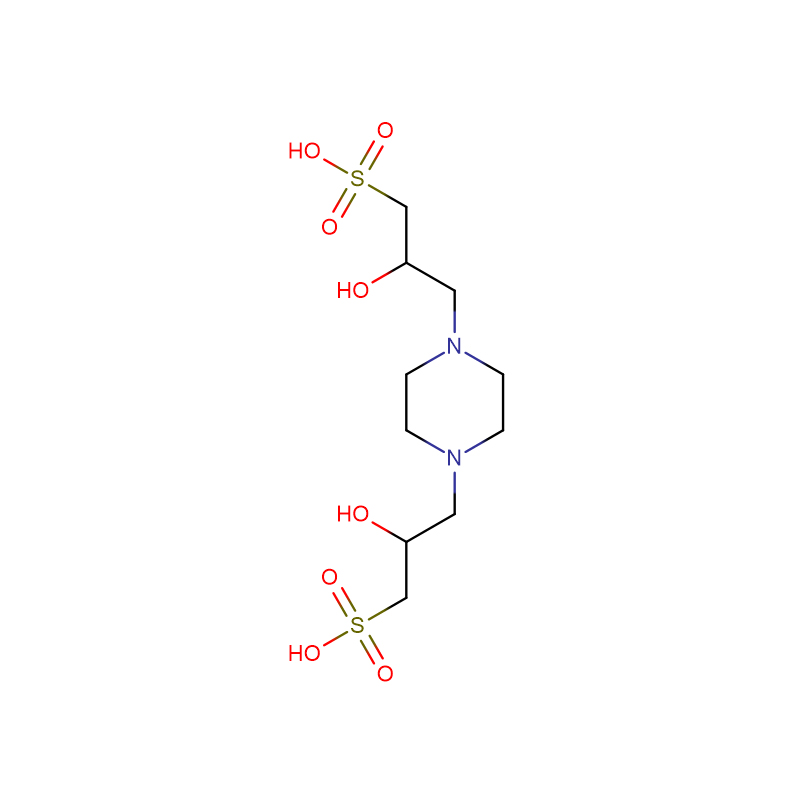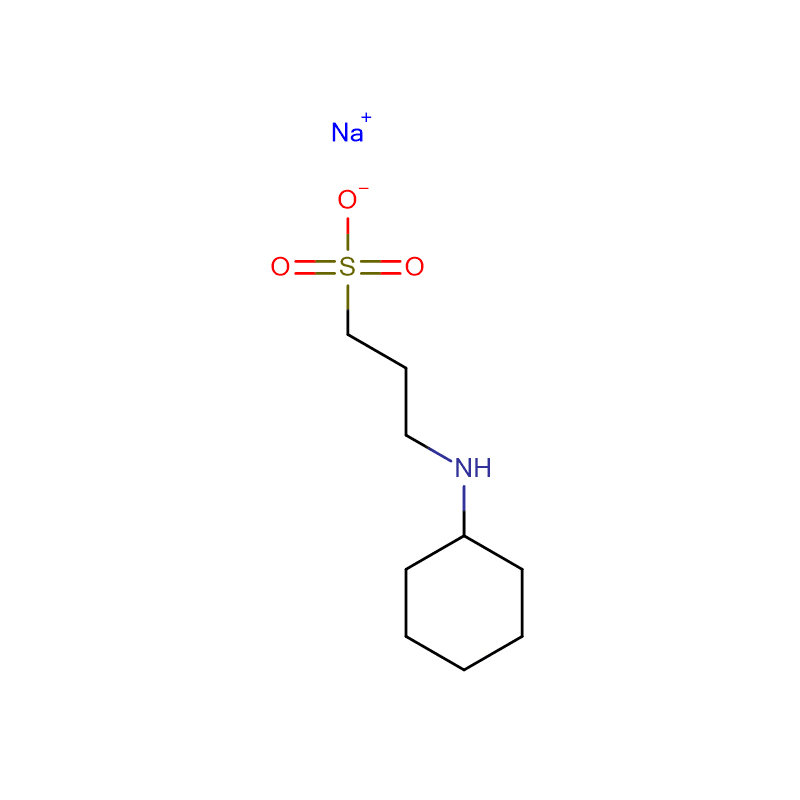MOPS sodium salt Cas:71119-22-7 99.0% White free flowing powder
| Catalog Number | XD90080 |
| Product Name | MOPS sodium salt |
| CAS | 71119-22-7 |
| Molecular Formula | C7H14NNaO4S |
| Molecular Weight | 231.245 |
| Storage Details | Ambient |
| Harmonized Tariff Code | 29349990 |
Product Specification
| Appearance | White free flowing powder |
| Water content KF | <1% |
| Assay (Titration, dry-basis | >99.0% |
New high-performance liquid chromatography assay for glycosyltransferases based on derivatization with anthranilic acid and fluorescence detection.
Assays were developed using the unique labeling chemistry of 2-aminobenzoic acid (2AA; anthranilic acid, AA) for measuring activities of both β1-4 galactosyltransferase (GalT-1) and α2-6 sialyltransferase (ST-6) by high-performance liquid chromatography (HPLC) with fluorescence detection (Anumula KR. 2006. Advances in fluorescence derivatization methods for high-performance liquid chromatographic analysis of glycoprotein carbohydrates. Anal Biochem. 350:1-23). N-Acetylglucosamine (GlcNAc) and N-acetyllactosamine were used as acceptors and uridine diphosphate (UDP)-galactose and cytidine monophosphate (CMP)-N-acetylneuraminic acid (NANA) as donors for GalT-1 and ST-6, respectively. Enzymatic products were labeled in situ with AA and were separated from the substrates on TSKgel Amide 80 column using normal-phase conditions. Enzyme units were determined from the peak areas by comparison with the concomitantly derivatized standards Gal-β1-4GlcNAc and NANA-α2-6 Gal-β1-4GlcNAc. Linearity (time and enzyme concentration), precision (intra- and interassay) and reproducibility for the assays were established. The assays were found to be useful in monitoring the enzyme activities during isolation and purification. The assays were highly sensitive and performed equal to or better than the traditional radioactive sugar-based measurements. The assay format can also be used for measuring the activity of other transferases, provided that the carbohydrate acceptors contain a reducing end for labeling. An assay for glycoprotein acceptors was developed using IgG. A short HPLC profiling method was developed for the separation of IgG glycans (biantennary G0, G1, G2, mono- and disialylated), which facilitated the determination of GalT-1 and ST-6 activities in a rapid manner. Furthermore, this profiling method should prove useful for monitoring the changes in IgG glycans in clinical settings.


